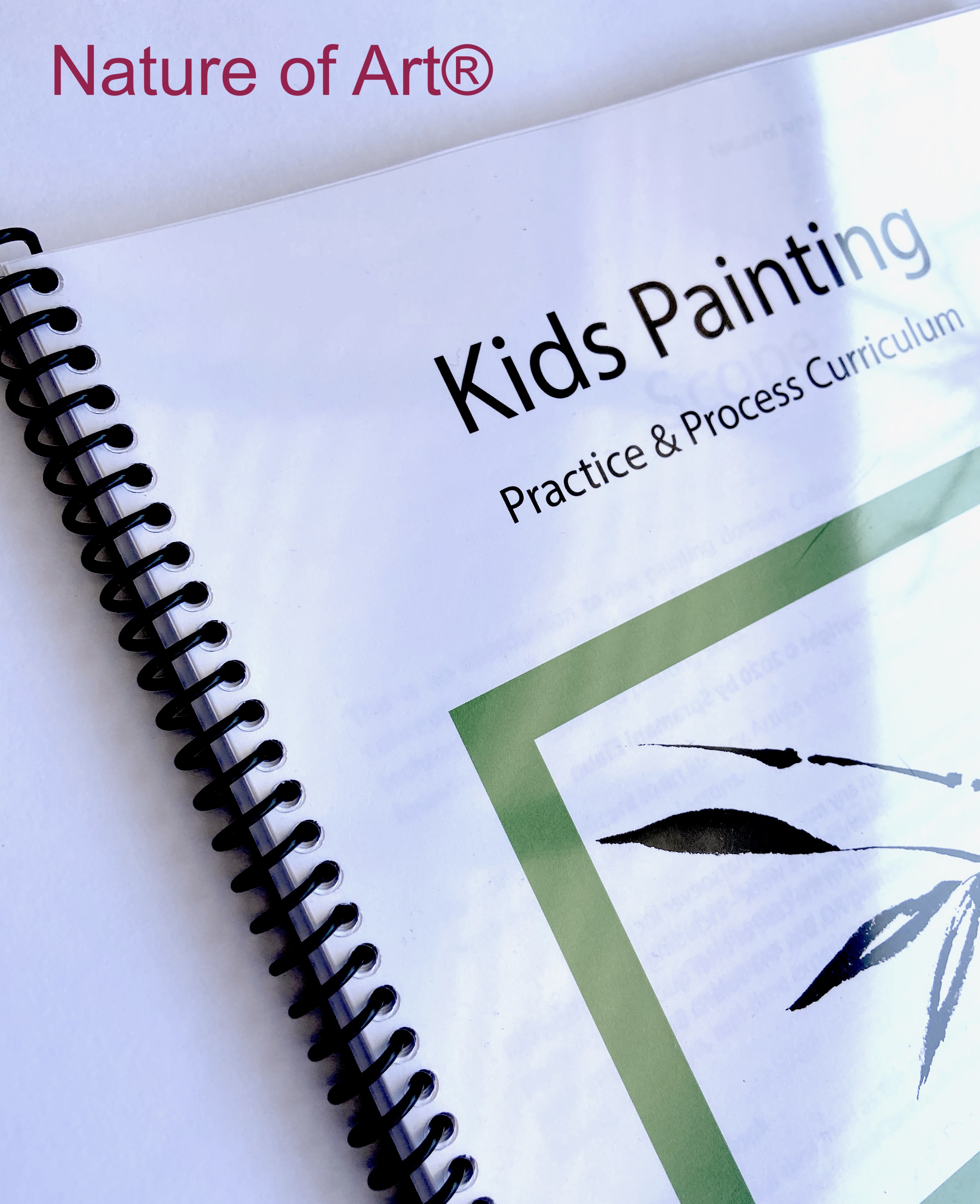Remember how much you enjoyed painting as a kid? Being able to dip your fingers into the paint or use a paintbrush. Creating your very own ‘masterpiece is an important part of childhood. Not only did it give you a space for creativity, it also helped you develop important skills. That’s why intentionally teaching painting to elementary students is so important. And wouldn’t you like to be able to teach your own children or students real painting lessons?

Teaching painting build confidence
- Improved concentration – As kids get into a flow of creating, they strengthen their concentration and focus. The more time they spend painting and working on art projects, the longer they’ll be able to concentrate.
- Stronger fine-motor skills – Learning to make controlled brushstrokes and even just holding a paintbrush can help kids develop strength. Hand-eye coordination, dexterity, and muscle strength.
- Increased independence – Setting up materials and cleaning up their workspace promotes independence and responsibility.
- A richer vocabulary – By teaching painting, you’re also teaching students how to communicate what they see in their artworks. And how to describe their personal artistic process. The Elements of Principles of Design (or “art language”) can start off as simple. Using words like “color” or “line,” and grow into a deeper understanding and interpretation of artworks.
- A deeper understanding of emotions – Painting provides an ideal way for students to explore their emotions. Especially if they don’t yet have the vocabulary to verbally express themselves and their feelings.
- Better problem-solving skills – When kids get the chance to explore mediums and experiment they develop problem-solving and critical-thinking skills.
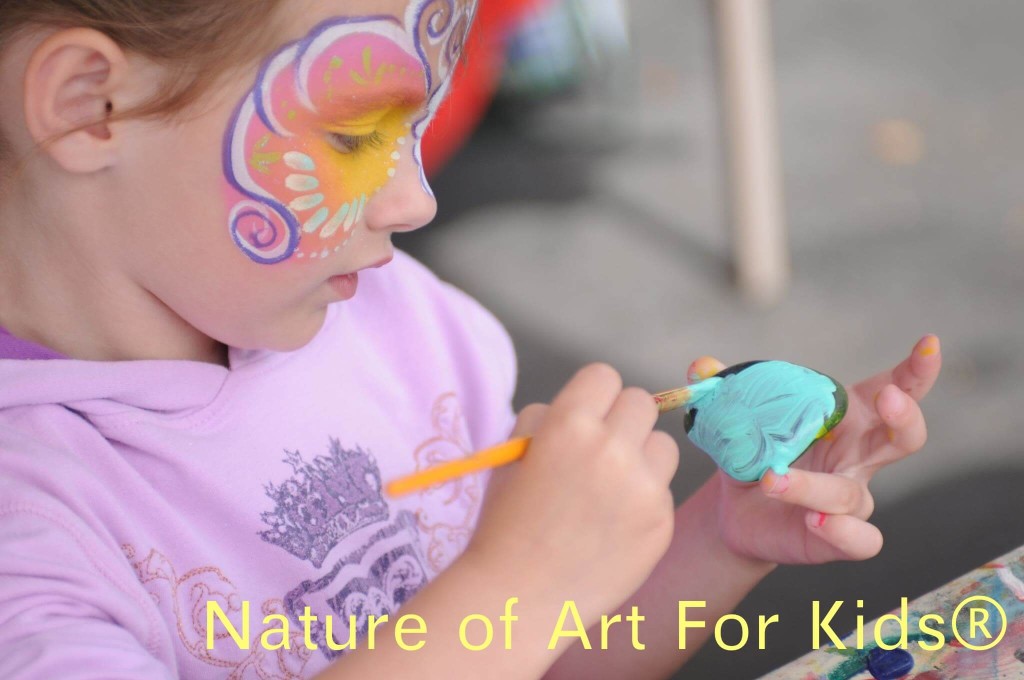
Structured Painting Lessons
Jumping on Pinterest or blogs can give you tons of painting ideas. But you’d be hard-pressed to find actual painting lessons.
Many ‘art lessons’ you find online are all about the final product. But for elementary students, especially those who have never painted before, art lessons need to be about the artistic process.
Which is four steps every artist goes through as they create: investigation, imagining, construction, and reflection. This supports process-based learning, which focuses on making projects with no final product or result. Because, at this age, children are learning through exploration, and art lessons and curriculum should set them up for discovery.
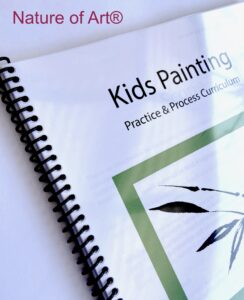
If you have no art background creating your own painting curriculum can feel impossible. You have to know which painting lessons to start out with, and how to present sequence lessons.
There’s never really been an art curriculum like this to follow…until now!
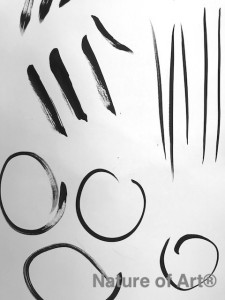
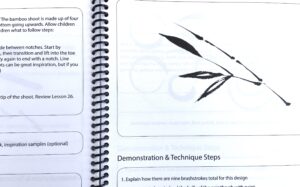
Painting Practice & Process
If you want to teach your students painting, but don’t know where to start. The solution is my new Kids Painting Practice & Process Curriculum!
Kids Painting is an easy-to-follow curriculum that provides the foundational lessons. 57 brushstroke exercises that all artists should work through, in the proper order. It’s the accumulation of years of work spent observing how children process and experience art. I’ve taken the complicated process of teaching painting and made it easy with no experience with art! Each lesson includes a materials list and step-by-step demonstration. Listing the technique, as well as the aims, or goals, of each lesson.
All you have to do is open the curriculum and start with Lesson 1. Read over the curriculum, review the materials, and present the lesson to your kids or students. It’s foolproof!
You can turn Kids Painting into a full year of painting curriculum. By focusing on one or two lessons each week. This curriculum is designed to integrate with other areas of art study. There’s no excuse not to teach painting to your child or students! In fact, you can start this school year!
To purchase Kids Painting Practice & Process Curriculum NOW, click here.
Check out my Kids Painting Book:
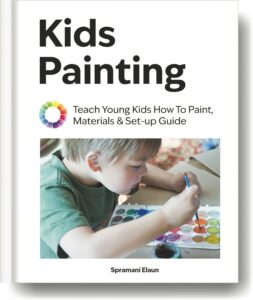
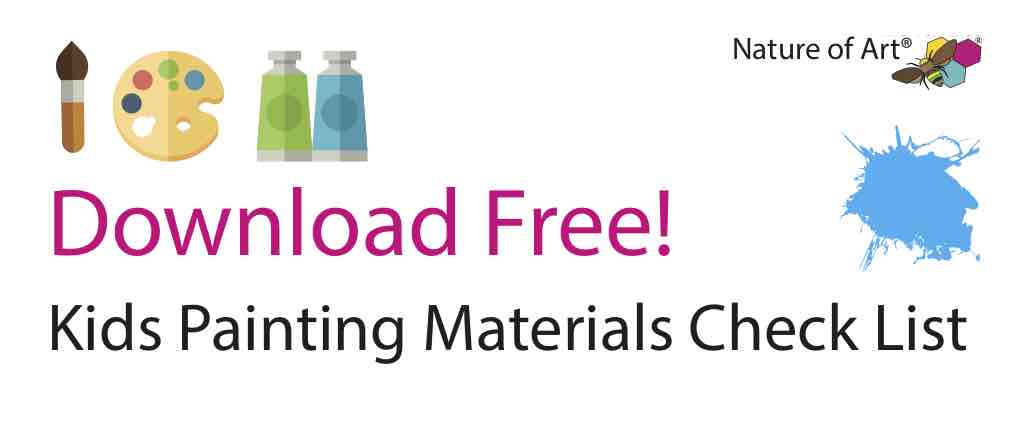
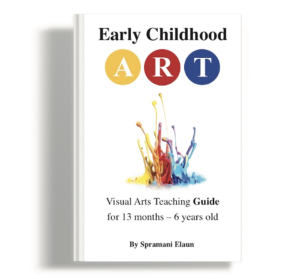
All rights reserved © 2025, Nature of Art®

No part of this blog may be used or be reproduced in any manner whatsoever including reproducing, publishing, performing, and making any adaptions of the work – including translation into another foreign language without written permission except in the case of brief quotations embodied in critical articles and reviews. Nature of Art® Publishing P.O. Box 443 Solana Beach, California 92075.
